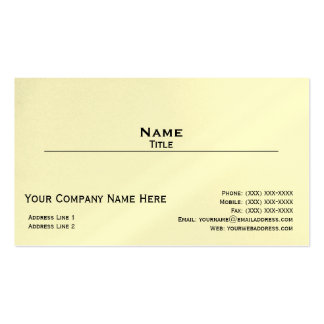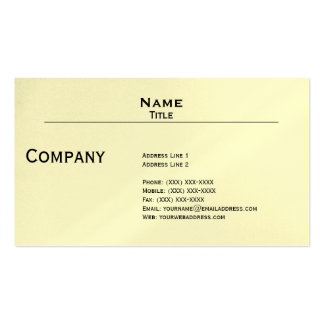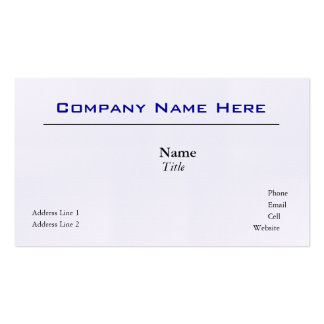“The only thing Google has failed to do, so far, is fail.” — John BattelleGoogle is notorious for changing things up. Every year the company leaves SEOs, PPC advertisers, and business professionals biting their nails, anxious of what’s to come. This year has held plenty of new surprises, with a recent Google quote warning us that AdWords is about to get a shake-up. What’s coming? “. . . The biggest changes to our text ads since AdWords launched 15 years ago.”
Should business owners fret and worry? Start clamoring to make significant changes to their ad buying behaviors? Neither. While the changes are dramatic, all signs point to a celebration. This is not an upheaval you should stress about.
At this year’s Google Performance Summit, which took place on May 24, the company unveiled several changes to AdWords which play in to Google’s weighty mobile-first push. As the company stated in its blog covering these changes, “The shift to mobile is no longer a change on the horizon. It’s here.”
So what, exactly, are these adjustments to come? Let’s take a look.
Increased Ad Text
When Google removed the right side ads from SERPs, everyone just about lost their minds. The tech giant is now making up for that by expanding the number of characters utilized in its text ads.For starters, advertisers used to be able to list a single headline to their ads consisting of 25 characters. The new, revised ads will allow AdWords users to flaunt not one, but two 30-character headlines on a single ad. Google explained that the longer headlines will be more beneficial to advertisers because it will drive higher quality leads.
That isn’t all that Google had in store with its text based overhaul. In addition to the headline expansion, the company has decided to boost its description headline as well. As it currently stands, ad descriptions are structured into two 35-character lines. In the revised version, ads will display a single 80-character line for an increase of 10 characters.
According to Google, this new layout comes with significant results. As the company stated: “Based on early testing, some advertisers have reported increases in click-through rates of up to 20 percent compared to current text ads.”
This alteration by Google is yet another step in transforming its SERPs to accommodate mobile devices and their smaller screens. Yet, despite the mobile-first initiative, these changes will be implemented on both desktop and mobile.
Responsive Display Ads
Alongside the reformed text ads, Google disclosed its new Responsive Display Ads. The new responsive ads will only require advertisers to provide Google with the URL, image, and headline; Google will take care of the rest. This means that the adverts will essentially be created and served on the spot depending upon the mobile user’s screen, leaving Google to figure out the best format for the ad.Enhanced In-Store Conversion Measurements
AdWords creations have direct parallels to in-store conversions. Yet, deciphering these factual statistics has remained challenging for business owners up to this point. Soon, however, in-store conversion metrics will become more widely available to a variety of business.This is fantastic news because Google has conveyed that AdWords ads have resulted in more than one billion store visits that have been measured over the past two years. The company even stated that, “AdWords is the largest online-to-offline ad measurement solution in the world.” Google is able to track these conversions by looking at a user’s location history to establish if an individual clicked a retailer’s ad and then visited the store. While this isn’t necessarily new, the additional information is a welcomed addition.
Ads in Maps
In addition to all of these fancy new features, Google has also decided to incorporate Search Ads inside Google Maps for what it calls the “next generation” in local search ads. The company is referring to these ads as “promoted pins.” The pins will help brands sway consumers into visiting their store as opposed to a competitor’s as they can offer things such as dollars off coupons.On top of the new “promoted pins,” Google will be incorporating logos as map markers instead of the currently existing red icons. This was displayed at the summit as Best Buy’s logo was displayed on the map at their location.
This is massive news for advertisers. Google disclosed that location-based searches account for approximately one-third of all mobile queries and have grown 50 percent faster than any other type of mobile search in the past year.
The company also revealed changes to its bidding model in which adjustments can be made independently for mobile, desktop and tablet. Local business pages are also getting a makeover as promoters can display in-store promotions, while consumers can search local inventory.
This Google announcement is one for the history books as the company brings AdWords to an entirely new level on mobile, desktop, and tablet alike. This should come as fantastic news for all users of AdWords and other Google services after the rocky road of the past few months. These changes are expected to roll out officially later this year, but it is best to start preparing for them now — your competition is likely doing the same. If you want to see the Google Performance Summit keynote in its entirety, you can do so right here.
Which one of these additions/revamps are you most excited for? Which do you think will be most beneficial to your business?








No comments:
Post a Comment